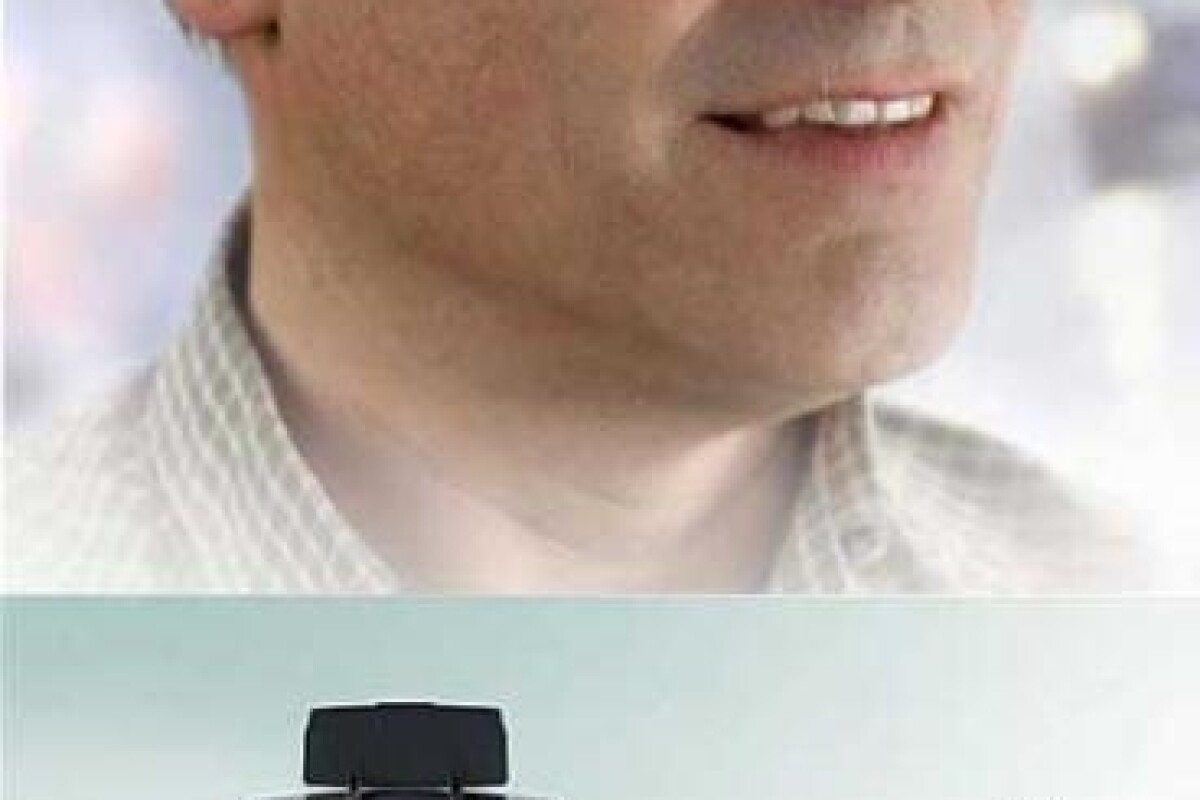April 11, 2006 A new and elegant hearing aid invisibly built into the arms of a pair of glasses will go on sale later this month in Holland. The Varibel hearing-glasses will offer hearing-impaired folk respite from the aesthetically unpleasing and technologically limited traditional hearing aid. In each leg of Varibel glasses frame there is a row of four tiny, interconnected microphones, which selectively intensify the sounds that come from the front, while dampening the surrounding noise. Tests have shown that the Varibel user can separate desired sounds from undesired background noise very effectively with the glasses’ technology, with the added bonus that natural sounds can still be heard.
Originally developed at TU Delft University, the Varibel hearing-glasses were developed into a consumer product in partnership with Philips, Frame Holland, the design agencies MMID and Verhoeven, and others.
The Varibel cannot be compared to traditional hearing aids. Dr. C.H.M. Stengs, ENT specialist at the Rijnstate Hospital in Arnhem, said of the Varibel: "Practical experience with the hearing-glasses supports the theoretical claims that the ability to understand speech is much better. There is a significant improvement in the sound quality.”
With Varibel, natural sounds can still be heard. This solution allows people to hear naturally and clearly in the direction in which they are looking. This has great advantages for daily life. Martin de Jong, audio-technician from Huizen, says: "With the Varibel, the natural sounds that people enjoy are retained. This works surprisingly well. People can hear well and at the same time clearly – and especially in rooms such as in a cafe or at a birthday party."
The product will initially only be available in Holland.







